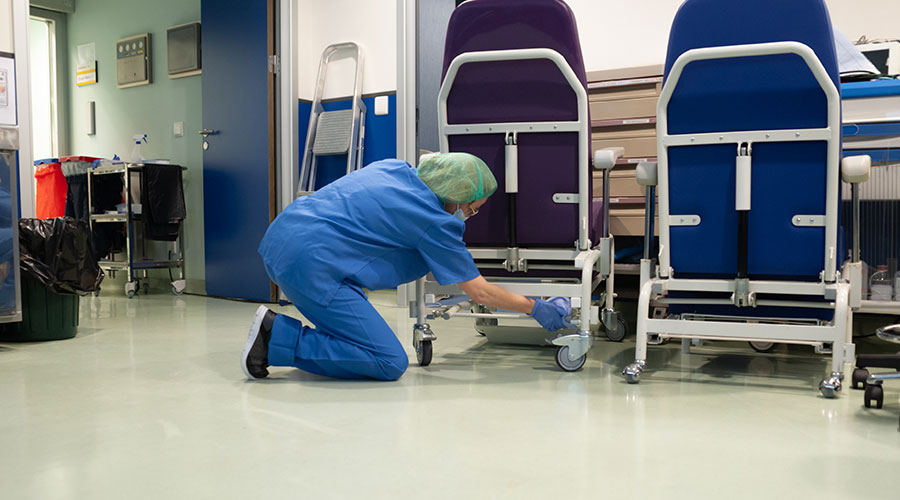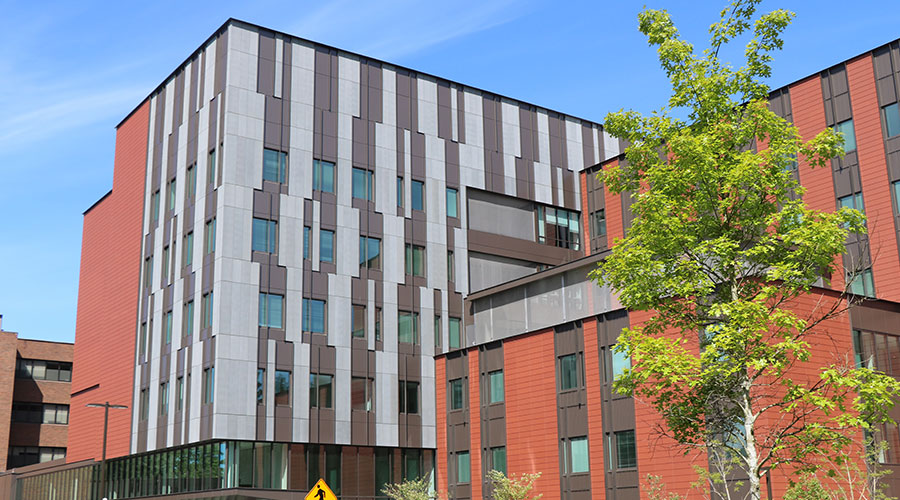Having an MRI can be a frightening experience and research shows that more than 30 percent of patients undergoing MRIs experience some form of anxiety. According to an article on the Healthcare Design magazine website, this anxiety often exacerbated by poor facility conditions, such as lackluster waiting spaces.
Currently undergoing a massive replacement project, Parkland Hospital in Dallas wanted to explore the financial and operational value of interior design elements beyond the usual idea of aesthetic appeal, the article said. Parkland hired American Art Resources (Houston) and HOK Architects (New York) in conducting a research study that investigates the impact of design in the waiting environment. The project explores inpatient experiences and outpatient experiences,particularly in the hospital’s MRI suites.
The study had two phases: Phase 1 was designed to establish a baseline for the existing facility and to develop the design for an art and furniture intervention, and Phase 2 tested the design changes and reported the findings.
Some key findings from the two-year study include:
In Phase 1, pre-procedure anxiety was significantly higher than the anxiety after the MRI scan for patients. However, after the art and furniture were installed, the difference between pre- and post-procedure anxiety was not significant.
No significant differences were found in the operational outcomes (time in scanner, premature terminations, etc.) between Phase 1 and Phase 2. This suggests that to improve the operational outcomes during the imaging procedure, a more immersive intervention that addresses patient experience, before, during, and after the procedure is warranted, according to the article.
For visitors, ease of finding the MRI center was highly correlated to ratings of cleanliness, privacy, aesthetic appeal, quality of care, and overall rating of comfort, the study found. According to the article, this implies that wayfinding and approach may have a significant impact on how satisfied family members accompanying the patient are with the physical environment.
Read the article.

 Seeking Standards for Microbial Loads in Healthcare Facilities
Seeking Standards for Microbial Loads in Healthcare Facilities UCR Health Unveils Plans for Major Expansion
UCR Health Unveils Plans for Major Expansion High-Performance Windows Support Safety at UW Medicine's New Behavioral Health Center
High-Performance Windows Support Safety at UW Medicine's New Behavioral Health Center Central Maine Healthcare Dealing with IT System Outage
Central Maine Healthcare Dealing with IT System Outage Kaiser Permanente Opens Newly Expanded Everett Medical Center
Kaiser Permanente Opens Newly Expanded Everett Medical Center